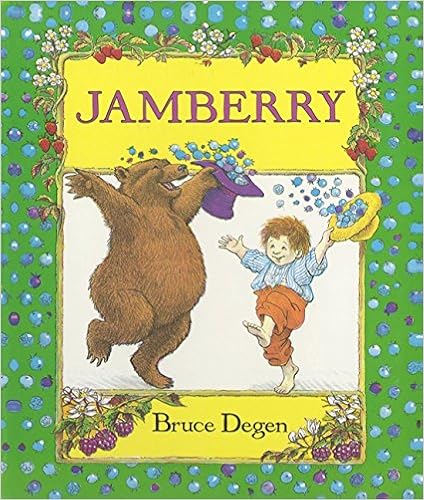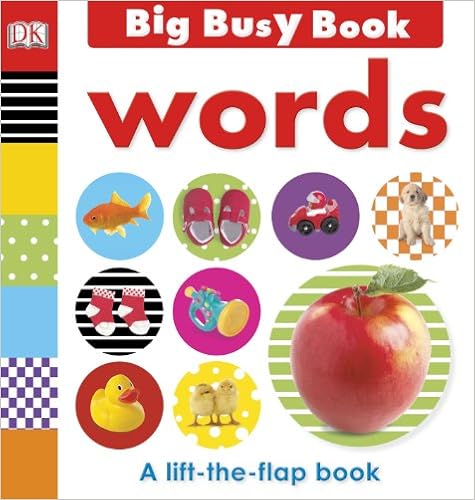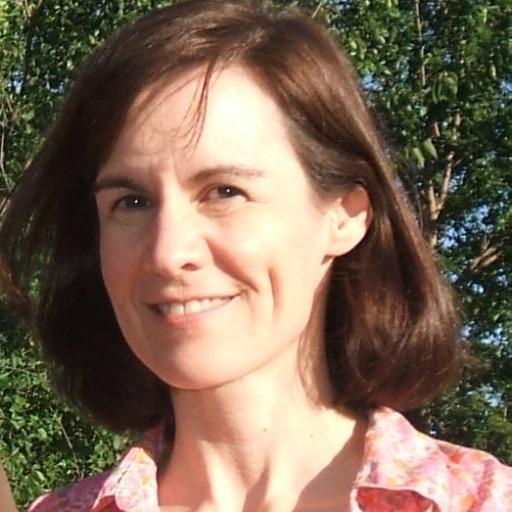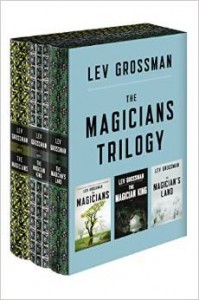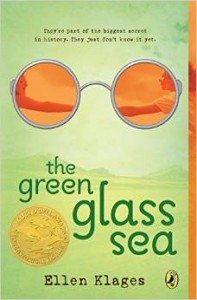A relative recently had a baby, so I thought I’d go raid our board book collection and give them a few of our favorites. Unfortunately, our remaining board book collection is being protected by a fierce dragon—uh, 13-year-old daughter—who swears that she will never part from them.
“Isn’t he too young for board books, anyway?” she asked.
Well, no. Babies are never too young for board books. Our babies loved being read to from board books. Sitting on Mom or Dad’s lap, looking at fun pictures, hearing them say funny inscrutable things, and—bonus!—chewing on cardboard book edges. What’s not to love?
Board books also lasted well past their recommended age. I won’t say how long ago it was that my 13-year-old grudgingly allowed me to move them from her bookshelves into her closet so she’d have some space on her shelves. Let’s just say she didn’t have any baby teeth left when it happened!
Here are a few of our favorites, including why we loved them:
 Goodnight, Gorilla by Peggy Rathman
Goodnight, Gorilla by Peggy Rathman
Who can say why this book is so charming? We, a family of words, just loved this book that only has a few. We, a family that gets queasy when visiting zoos, loved this tale of zoo animals running the show. This book is full of sly details in the pictures that kids love to look at. Pre-verbal children react to the fun pictures (and the book edges that are great for teething). Older children like to talk about what’s happening in the pictures that is not in the text.
 Eating the Alphabet by Lois Ehlert
Eating the Alphabet by Lois Ehlert
OK, I will admit that we didn’t have this in board book form. However, I’m adding it because it would have been great that way and it was one of our all-around favorite books. Ehlert’s incredible collage art is wonderful. She chooses some obvious and some very quirky fruits and vegetables to feature. And for some reason, kids just can’t get enough of alphabet books!
Somebody gave us Jamberry as a gift. Can’t remember who it was, but I do remember looking at it skeptically and wondering if we’d like it. Did we like it? Oh, yes. Degen’s ridiculous rhymes and unstoppably silly story was so fun to read that we the parents didn’t even get sick of it. (Well, OK, maybe just a little.) And this was one of those books where our kids would finish the sentences for us. Memorizing books, by the way, is a great way for kids to learn to read. Both of our kids became natural, whole-word readers very suddenly, and I think that having memorized books so they could then apply reading rules backwards was part of the reason.
 First Book of Sushi by Amy Wilson Sanger
First Book of Sushi by Amy Wilson Sanger
Noticing a theme here? Our kids loved to read about food. Probably that’s partly their parents’ influence, but I think it’s also because food is such a universal theme. Kids are hungry so much of the time that food is extremely important to them. And the lovely thing about Sanger’s books is that they feature non-standard American food. I remember the first time I saw a kid eating sushi—I moved to California in the 80’s from the Midwest and one day sat next to a grandmother and her son who looked to be about four. She asked him what he wanted. “Unagi, Gramma!” he said enthusiastically. A kid eating eel? My world was rocked. My kids’ world was so much different from mine—they were exposed to the love of international food from a very early age. My kids loved to point at the pieces of sushi they wanted, and then we’d pretend to eat them.
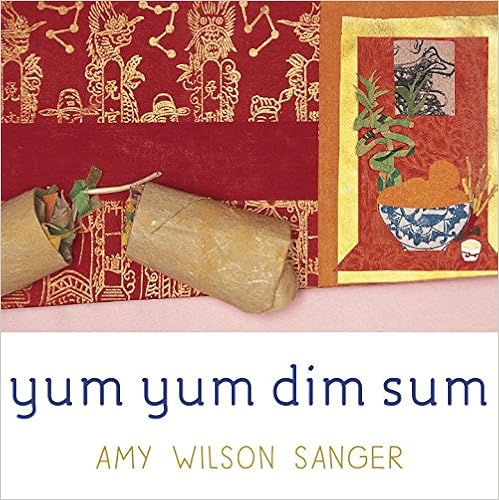 Yum Yum Dim Sum by Amy Wilson Sanger
Yum Yum Dim Sum by Amy Wilson Sanger
People often ask how we got our kids to be such adventurous eaters. Well, just as a taste of our attitudes, I will tell you that after we read that sometimes babies would reject breastmilk after the mom had ingested unusually stinky food, my husband and I decided that we needed to make sure to eat a lot of unusually stinky food! My first takeout after my son was born was Thai. My son’s first meal was actually dim sum. We were at our favorite restaurant during the period while we were attempting to introduce single solid foods one by one, just like they tell you to. He hated solid food. But there he was, sitting next to us, drooling and smacking his lips at the scent of dim sum. We decided that because we were three minutes’ drive away from the nearest hospital, we’d take the chance. From then on, our babies ate the same thing we did, mushed up or ground up in a baby food grinder we would carry with us. Tangy, spicy, sweet or sour, they loved it all.
If you are a family that loves words, you have to invest in some DK books. Our kids loved them and we would read them over and over and over. They start from the simple Baby Faces, which babies love, move to the “my first” series like My First Colors, get into words in general such as in My First Words, then move into genres such as farm animals (my kids loved this one!), bodies, vehicles, animals, and dinosaurs. The very best DK book we ever had doesn’t seem to exist anymore. It was a non-board book with hundreds of pictures and words in it. My kids just loved to sit and look at the book and make motions and noises to accompany all the words the book portrayed. It wasn’t this book, but something like it on a much larger scale.
I will conclude with one piece of advice: If you decide to buy bathtub books for your child (and I certainly hope you do!), spray them with bleach once a month. You really don’t want to know what starts to grow on there after it’s been read—and teethed on—for as long as ours were.
Enjoy!
